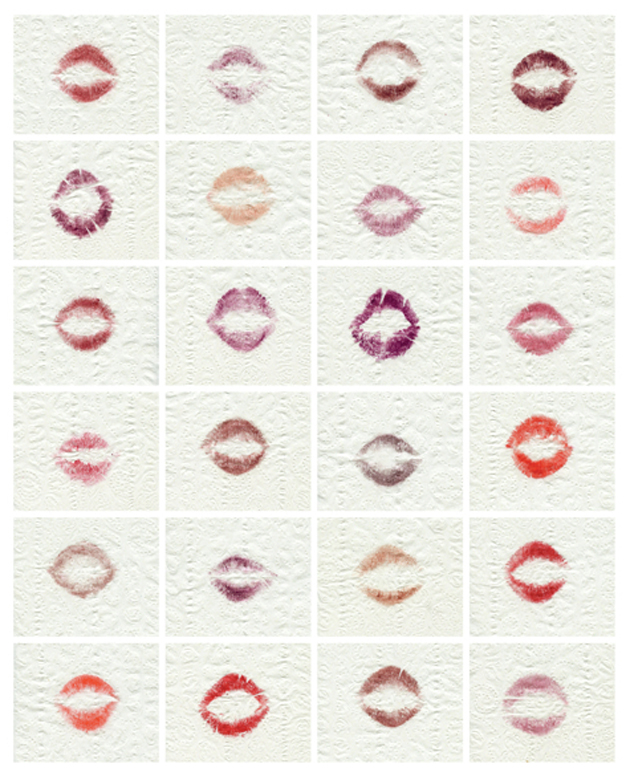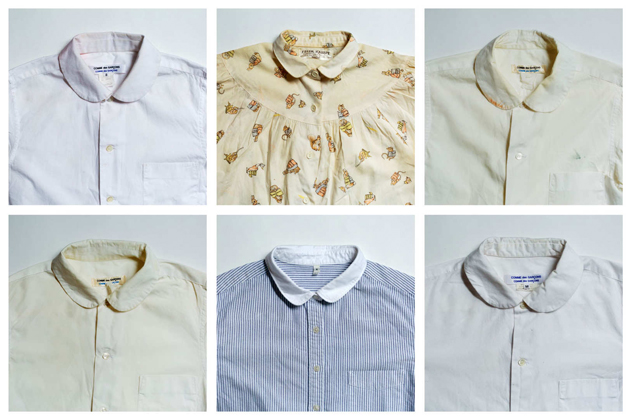
While it is commonly said that eyes are the window to a person’s soul, clothes can be considered a gateway to their psyche. The way we dress might allude to choices that were made when we put our clothes on, that can vary from mostly practical concerns all the way down to issues concerning representation, identity or political expression. Why did we choose black and not white, a dress and not pants, can give thought and convey broader ideas about ourselves. When we think about ‘why we wear what we wear’, the answers are often more than one and can be as unique as our personas.
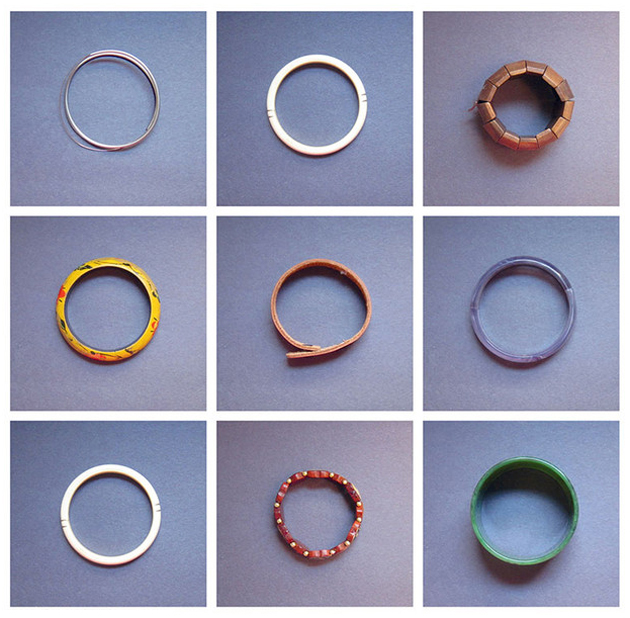
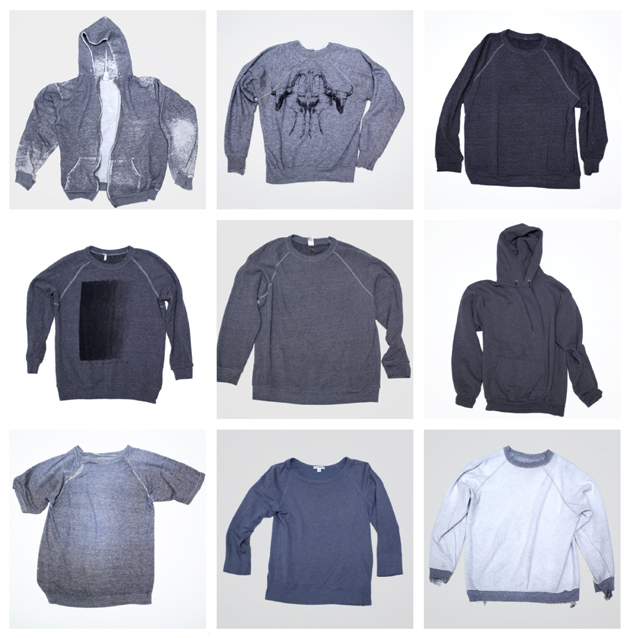
Aware of deeper questions tied to the way we dress, Sheila Heti, Heidi Julavits and Leanne Shapton started discussing their meaning. How important could clothes really be? Quite quickly it appeared clear this wasn’t just a “brunch topic”; it was the topic of a broader discussion that many women could relate to, and, as such, should be put to print in the form of a book. Settling on the idea of the relationship between women and clothes, the editors reached out to the wider public, since the main objective of the book was to look at ordinary women’s way of dressing. After asking questions to everyone they knew, as well as handing out surveys on the street, the information started to pile up and the peculiar story of “women in clothes” grew. Through interviews, surveys, diagrams and even drawings, coming from both the editors and additional 639 contributors around the world, “Women in Clothes” tries to decipher the essence of women’s clothing choices.
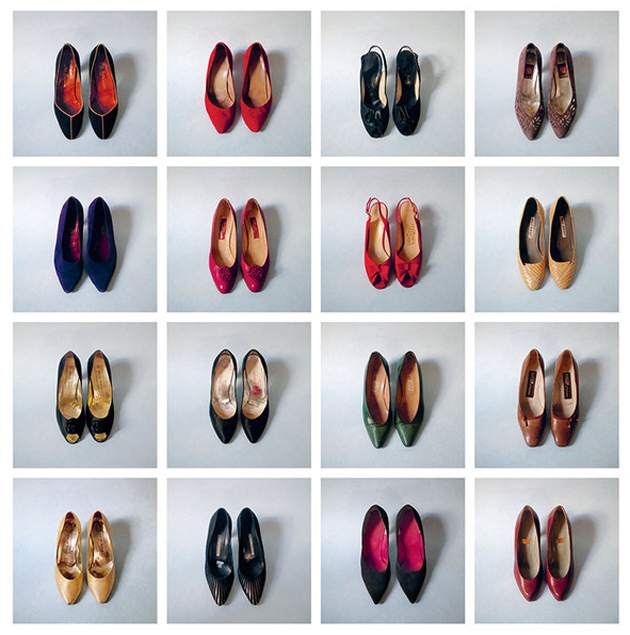
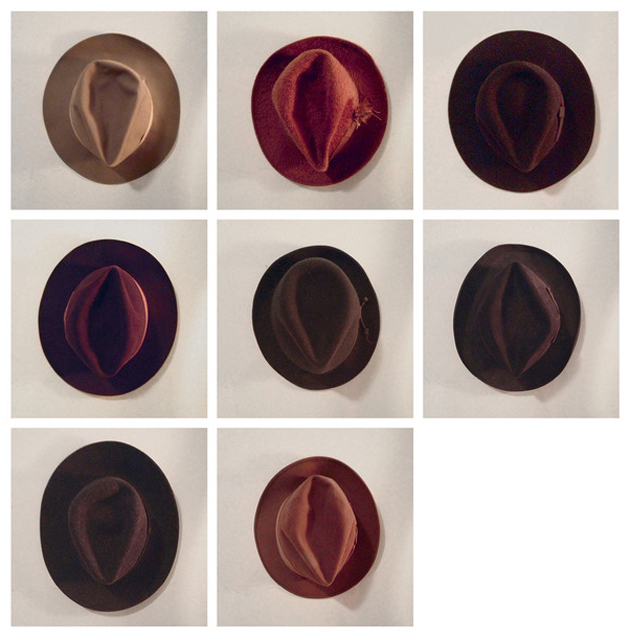
The saying that ‘you can’t judge a book by its cover’, as the story within is always much deeper, sums up perfectly the tone of the volume and is something “Women in Clothes” brings forth in spite of touching upon a matter considered trivial by many – clothes. Stories such as the novelist Kiran Desai’s account about her aunt, who stopped wearing saris post 9/11 worried that she might look to suspicious and get shot, reveal a truth that goes beyond sheer appearance; these stories speak about women who were given a voice, even if only through something as simple as clothes.
